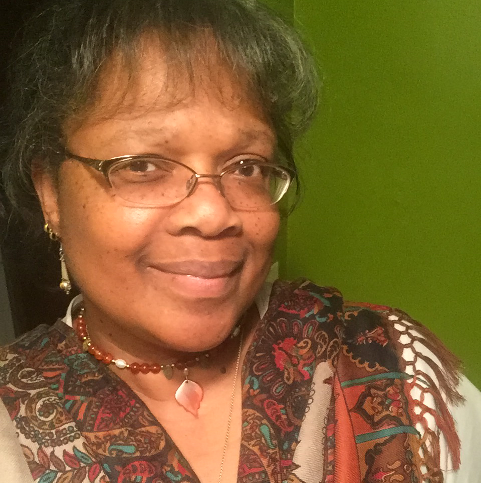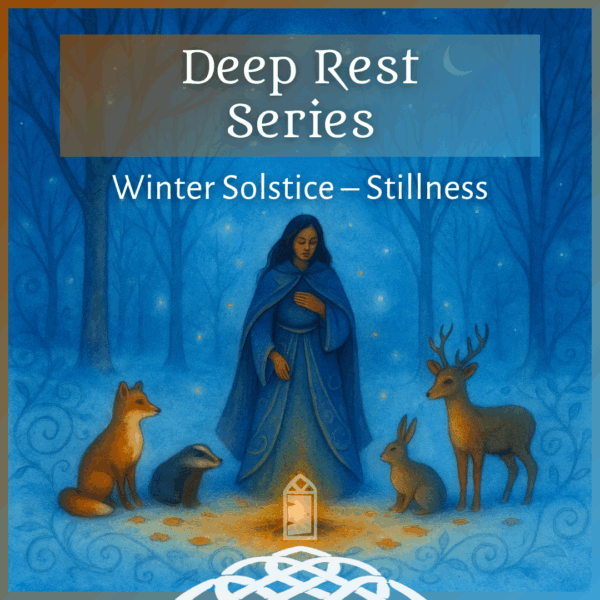I am delighted to share another beautiful submission to the Monk in the World guest post series from the community. Read on for Wisdom Council member Dena Jennings’ reflection on making and sharing music as a spiritual practice.
I was 12 years old in 1976. It was an election year and the bicentennial celebration of the United States. My parents were community leaders in Akron, Ohio, the Rubber Capital of the World. There were more events and parades that year than I had known. My oldest sister was a beautiful majorette in an award-winning high school band. And my middle sister was a state champion track star. My mother was a banker at the local Savings and Loan. In addition to being an administrator at Goodyear Tire and Rubber Company, my father was a Soapbox Derby Dad and hosted families from around the country as they arrived in town to race for the national championship every year.
Music surrounded all of these aspects of my life: high school bands backed Vivian in her spangled twirling routines, stadiums filled with victory songs as Veronica broke finish line tapes many times over, and the Wide World of Sports theme played at Derby Downs as I watched the grandstand for a glimpse of Jim McKay, the show’s host.
Yet, the most influential music at that time in my life came from the sanctuary of our Pentecostal church. The small congregation had relocated during The Great Migration (1916-1970) from the mountains of Kentucky to the industrial and post jazz-era city of Akron. Families that had known one another for at least 5 generations moved their understanding of Christ’s teachings from the Appalachian hollers along with our music, food, stories, culture, and hope. They maintained the order and length of service in their new city just as if they had travelled mountain switchbacks to assemble together for worship for the day. No longer riding horseback, walking, or giving up a seat in the car for an elderly church member who needed it, they arrived in the latest shiny cars their wages could afford. Church services were full of dynamic music and joyful praise dance. The music would begin with a lone voice soon joined by piano, tambourine and other instruments after finding the spontaneous key of the song offered. There were no hymn books, no list of songs— just the memories of the elders and the ambition of the the rest of us to sing along.
In the new city, the old music was accompanied by the addition of drums, guitar, bass, and Hammond organ. Over time, the flavor of mountain songs was blended with the spice of jazz, R&B, and gospel. My sisters and I, dressed in our Sunday-best, sang as an acapella trio on radio and in services around Northeast Ohio from the time I was about 7 years old. Eventually, I asked my parents for a guitar and a copy of The Roy Clark Big Note Guitar Book (as advertised on TV). My world of music expanded into folk and country.
In that bicentennial year of 1976, my parents asked if I wanted to take the bus to Kentucky to spend the Summer with my cousins in the mountains. So, I packed my guitar and took off for the adventure. There were about 10 of the 19 children still living at home on the farm with their parents, Uncle Willam and Aunt Christine. I was delighted. Nearly all of the children played instruments or sang. And it was the time of year for a grand church convention. After service and a fine meal each day, we would spend time on porch singing and praising God. Every summer I would return. I learned so much music in addition to how to make the best biscuits, fried apples, and fried fish.
After high school graduation, I started playing songs I wrote on guitar in local coffee houses around Akron. One day, a friend who was studying ethnomusicology said, “You realize you are playing banjo tunes on the guitar.” I asked, “What’s a banjo tune?” He directed me to a recording at the Library of Congress found on an album called “Deep River of Song: Black Appalachia: String Bands, Songsters and Hoedowns”. It is a collection of tunes from 1933-1946 compiled by Alan Lomax. For the first time, I heard my traditional music played somewhere other than in my church. What a joy! I was sifting through the origins of my musical roots as I searched the boxes of tapes brought to my work table by the librarians. This led to a journey of discovering my musical heritage including the history of a half black, half Scottish great-grandfather named Henry Ross who was known through regions of Kentucky for his music.
This legacy, coupled with the unconditional love of the Divine, inspires me to share music with everyone I meet. It shines a light on the passion that I have for music whether I am singing, playing, writing, or building instruments. Fifteen years ago, I learned to build banjos and other gourd instruments from around the world. My instruments are on 3 different land masses, and are fashioned after those found in India, Mali, Appalachia, and China.
Sharing music from the sacred roots of Appalachia, pouring over shelves of recordings in the halls of archivists, designing instruments commissioned by people around the world, making up songs while giggling in a field, or singing into the night on a porch are just a few ways that a joyful noise resounds through me as a Monk in the World.

Dena Jennings, D.O. is a luthier, musician, writer, Virginia Master Naturalist, and an Internal Medicine physician with certification in Ayurvedic practice. In addition to over 30 years of medical practice, she completed a 4-year apprenticeship with a sculptor and luthier in Ontario, Canada where she learned to design and built the gourd instruments of cultures around the world. In 2013 Dr. Jennings married her best friend Donald Jennings and moved to their organic herb farm and wildlife preserve in Nasons, VA which they lovingly call the Farmashramonastery. There, she practices medicine and counselling, hosts contemplative retreats, hikes, and meditation, and raises angora rabbits.
In the larger community, she conducts conflict transformation workshops including one for artistic ambassadors through the US State Department in Washington, DC. She has developed accredited curricula of meditation for racial justice, and for cultural sensitivity in artistic performance. In 2019, she was appointed to the Virginia Commission for the Arts where she serves as the chairperson.
Since 1996, Dr. Jennings has been the Executive Director and founder of Imani Works, a human rights advocacy group that enjoys consultative status with the United Nations Department of Social and Economic Affairs. Through Imani Works, she provides evaluations for asylum seekers. You can reach her for bookings, consultations, and counselling by visiting ImaniWorks online.


